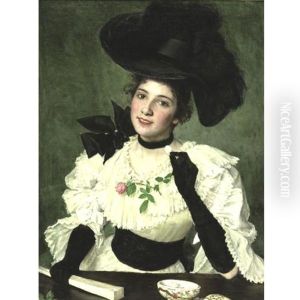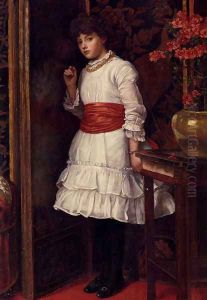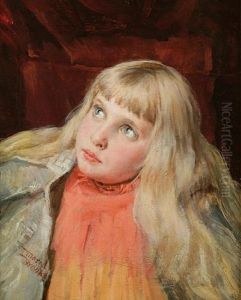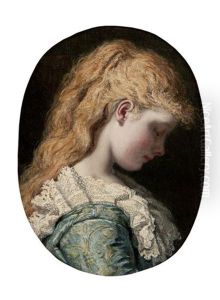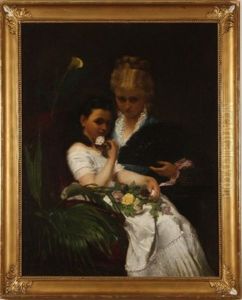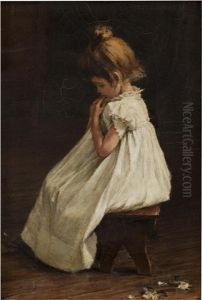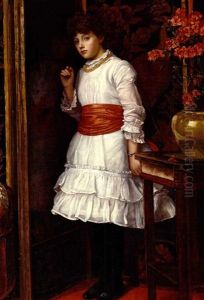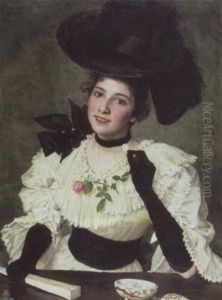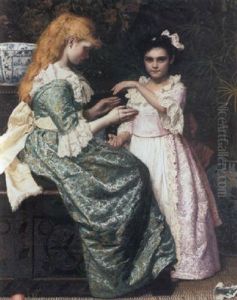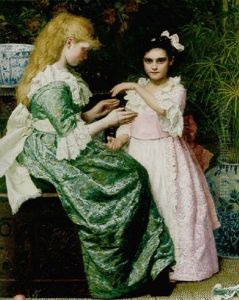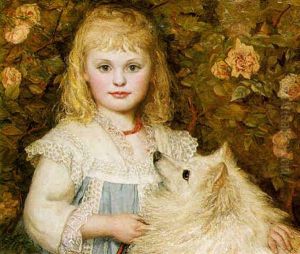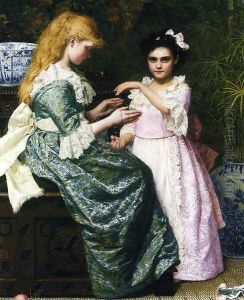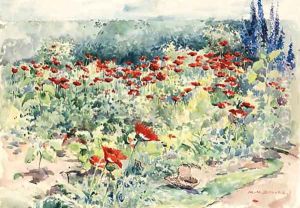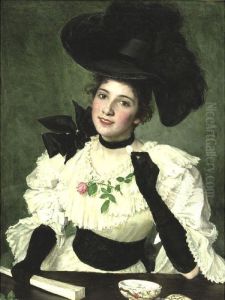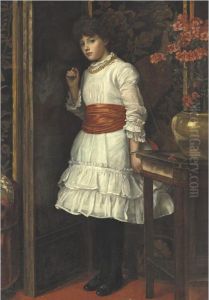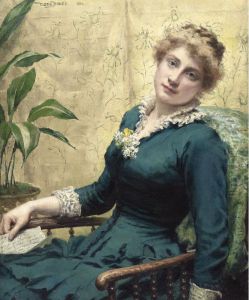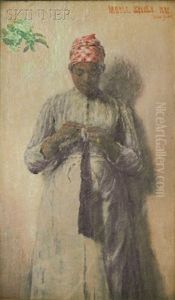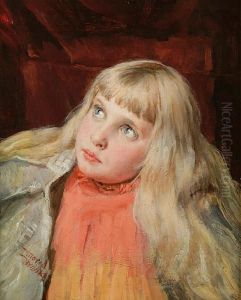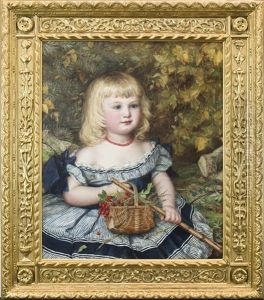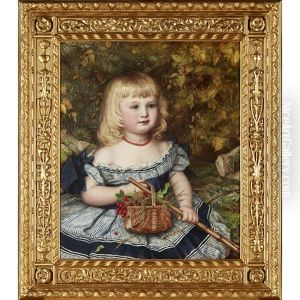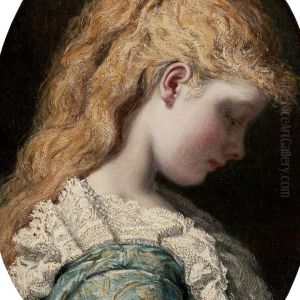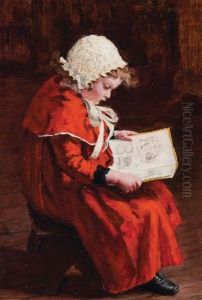Maria Matilda Brooks Paintings
Maria Matilda Brooks was born in 1847, in a period marked by significant social and artistic transformations. Not much is documented about her early life, which is common for many women artists of the 19th century, whose contributions have often been overshadowed or overlooked in the annals of art history. What remains undisputed is her emergence as a talented artist in a male-dominated field, where she carved a niche for herself with her distinctive style and thematic choices.
Brooks was primarily known for her work as a painter, with a focus on landscapes, still lifes, and portraits. Her artistry was characterized by a delicate touch and a keen eye for detail, which brought her subjects to life with a remarkable sense of realism and emotional depth. She was particularly adept at capturing the subtleties of light and shadow, a skill that added a lyrical quality to her landscapes and imbued her still lifes with a vibrant, almost tangible presence.
During her lifetime, Brooks faced the challenges that were all too common for female artists of her era. Despite the societal constraints and limited opportunities for women in the arts, she managed to gain recognition and respect among her peers. Her works were exhibited in several prominent galleries, and she enjoyed a measure of success that allowed her to continue her artistic pursuits without compromise.
The latter part of Maria Matilda Brooks' career was marked by a deepening of her artistic vision, as she experimented with new techniques and themes. Her portraits from this period are noted for their psychological depth, reflecting a mature understanding of human nature and emotion. Despite the increasing recognition of her talents, Brooks remained relatively modest about her achievements, focusing instead on the intrinsic rewards of her artistic journey.
Maria Matilda Brooks passed away in 1913, leaving behind a body of work that, though not as widely recognized as that of her male contemporaries, offers a unique and valuable perspective on the art of the late 19th and early 20th centuries. In recent years, there has been a growing interest in rediscovering and reevaluating the contributions of female artists like Brooks, whose legacy is an integral part of the rich tapestry of art history.
